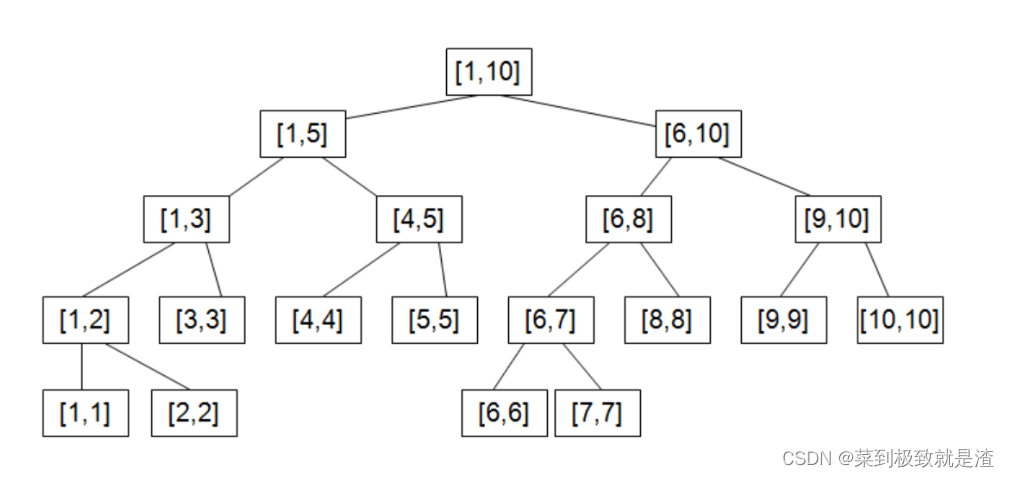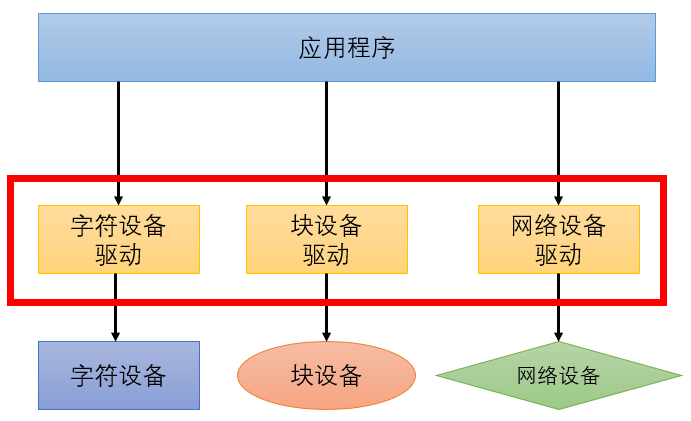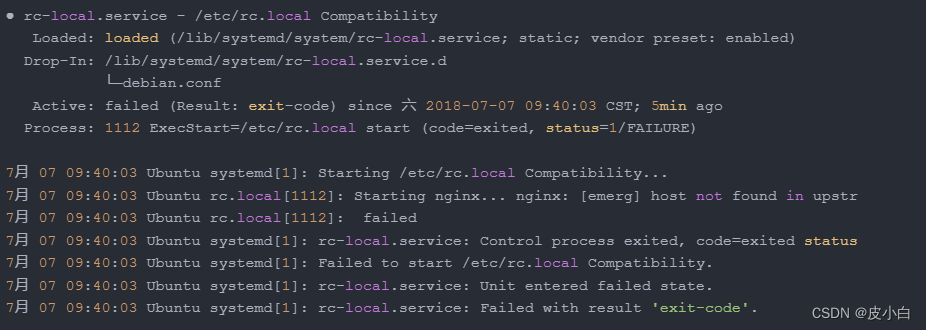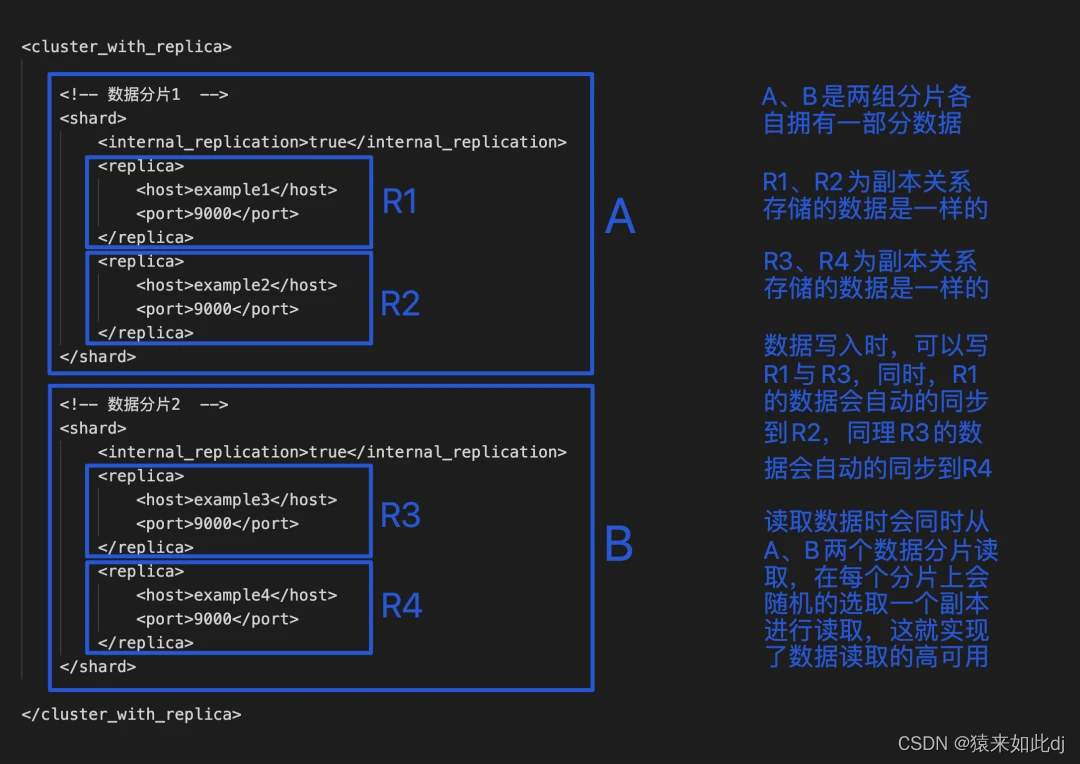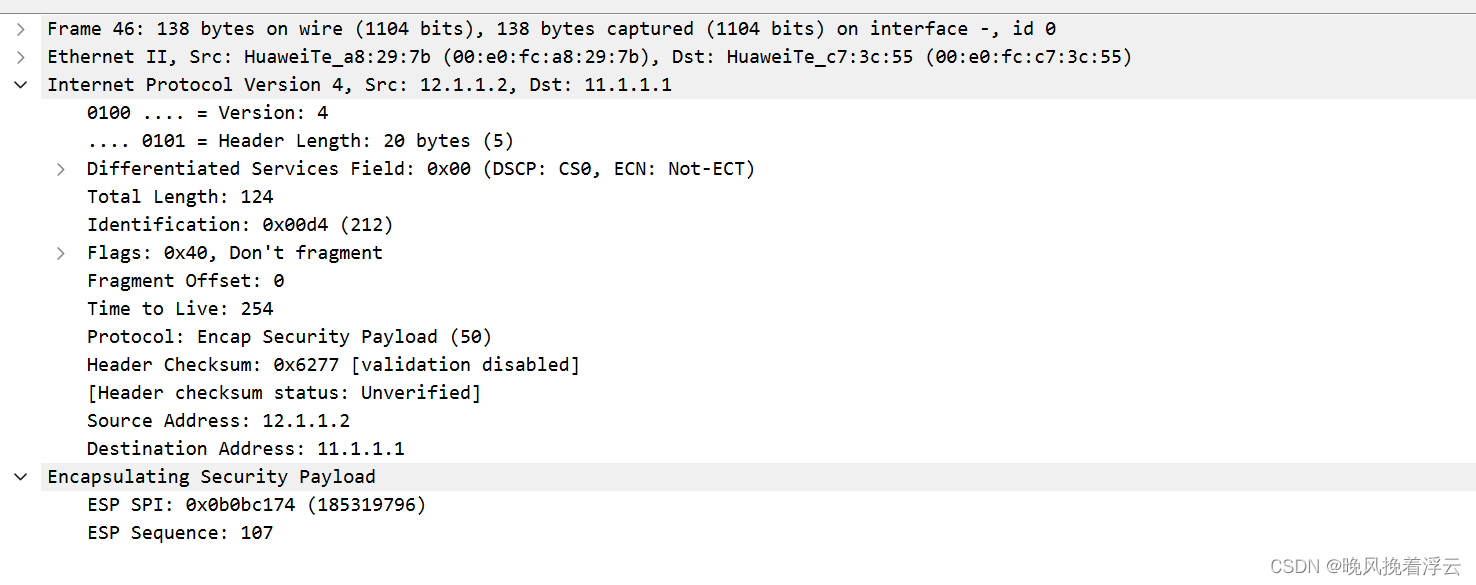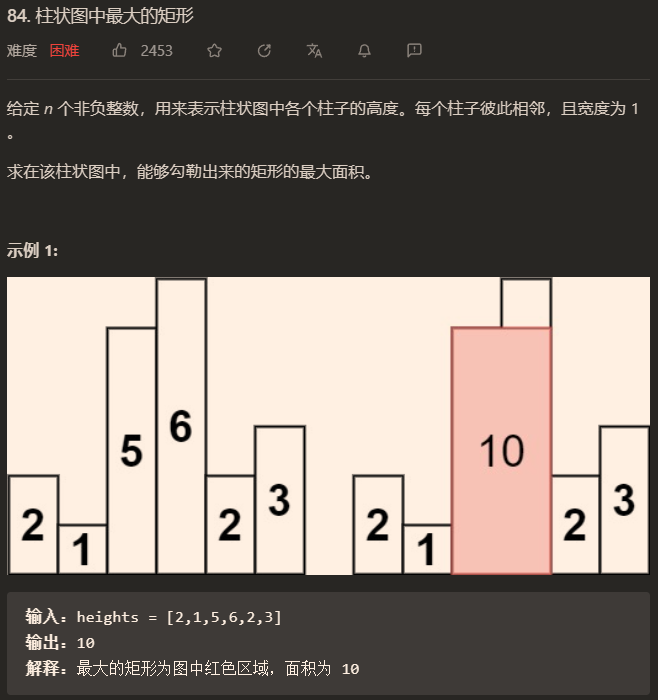Set集合案例:成绩排序和不重复的随机数
1.成绩排序
需求:用TreeSet集合存储多个学生信息(姓名,语文成绩,数学成绩),并遍历该集合
要求:按照总分从高到底出现
思路:
1.定义学生类
2.创建TreeSet集合对象,通过比较器和自然排序两种方式进行排序
TreeSet集合不能存储重复的元素,要求是按照总分从高到低出现,当存入一个总分相同的元素时,按照语文成绩升序排序,如果存入的语文成绩和集合中已经存入的语文成绩也相同时,那么数学成绩也是相同的,这时我们按照姓名的字母顺序进行排序
使用比较器排序方式
定义学生类:
package com.gather.set.treeset;
public class Student3 {
private String name;
private int chinese;
private int math;
public Student3() {
}
public String getName() {
return name;
}
public void setName(String name) {
this.name = name;
}
public int getChinese() {
return chinese;
}
public void setChinese(int chinese) {
this.chinese = chinese;
}
public int getMath() {
return math;
}
public void setMath(int math) {
this.math = math;
}
public Student3(String name, int chinese, int math) {
this.name = name;
this.chinese = chinese;
this.math = math;
}
public int getSum() {
return this.chinese + this.math;
}
}
测试类:
package com.gather.set.treeset;
//使用比较器排序
import java.util.Comparator;
import java.util.TreeSet;
public class TreeSetDemo04 {
public static void main(String[] args) {
TreeSet<Student3> ts = new TreeSet<Student3>(new Comparator<Student3>() {
@Override
public int compare(Student3 s1, Student3 s2) {
//int num = (s2.getChinese() + s2.getMath()) - (s1.getChinese() + s1.getMath());
//主要条件
int num = s2.getSum() - s1.getSum();
//次要条件(分析)
int num2 = num == 0 ? s1.getChinese() - s2.getChinese() : num;//语文成绩按照升序排列
int num3 = num2 == 0 ? s1.getName().compareTo(s2.getName()) : num2;
return num3;
}
});
Student3 s1 = new Student3("郝佳乐", 80, 90);
Student3 s2 = new Student3("张三", 60, 72);
Student3 s3 = new Student3("李四", 75, 86);
Student3 s4 = new Student3("张飞扬", 79, 95);
Student3 s5 = new Student3("张曼玉", 80, 94);
Student3 s6 = new Student3("赵云", 80, 94);
ts.add(s1);
ts.add(s2);
ts.add(s3);
ts.add(s4);
ts.add(s5);
ts.add(s6);
for (Student3 s : ts) {
System.out.println(s.getName() + "," + s.getChinese() + "," + s.getMath() + ",总分:" + s.getSum());
}
}
}
使用比较器排序方式
定义学生类:
package com.gather.set.treeset;
public class Student2 implements Comparable<Student2> {
private String name;
private int chinese;
private int math;
public Student2() {
}
public Student2(String name, int chinese, int math) {
this.name = name;
this.chinese = chinese;
this.math = math;
}
public String getName() {
return name;
}
public void setName(String name) {
this.name = name;
}
public int getChinese() {
return chinese;
}
public void setChinese(int chinese) {
this.chinese = chinese;
}
public int getMath() {
return math;
}
public void setMath(int math) {
this.math = math;
}
public int getSum(){
return this.chinese+this.math;
}
@Override
public int compareTo(Student2 s) {
int num=this.getSum()-s.getSum();
int num2=num==0?this.chinese-s.chinese:num;
int num3=num2==0?this.name.compareTo(s.name):num2;
return num3;
}
}
测试类:
package com.gather.set.treeset;
//使用自然排序进行排序
import java.util.TreeSet;
public class TreeSetDemo05 {
public static void main(String[] args) {
TreeSet<Student2> ts=new TreeSet<Student2>();
Student2 s1 = new Student2("郝佳乐", 80, 90);
Student2 s2 = new Student2("张三", 60, 72);
Student2 s3 = new Student2("李四", 75, 86);
Student2 s4 = new Student2("张飞扬", 79, 95);
Student2 s5 = new Student2("张曼玉", 80, 94);
Student2 s6 = new Student2("赵云", 80, 94);
ts.add(s1);
ts.add(s2);
ts.add(s3);
ts.add(s4);
ts.add(s5);
ts.add(s6);
for (Student2 s:ts){
System.out.println(s.getName()+","+s.getChinese()+","+s.getMath()+",总分:"+s.getSum());
}
}
}
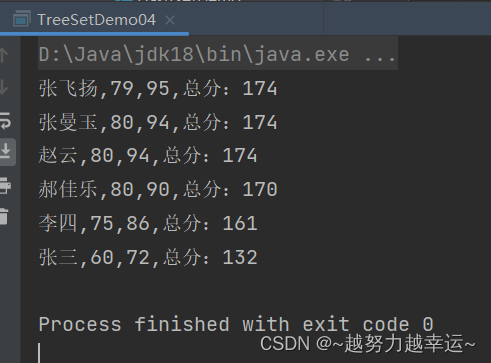
2.不重复的随机数
需求:编写一个程序,获取10个1-20之间的随机数,要求随机数不能重复,并在控制台输出
思路:
1.创建Set集合对象
2.创建随机数对象
3.判断集合的长度是不是小于10
是:产生一个随机数,添加到集合
回到第三步继续判断(循环)
4.遍历集合
package com.gather.set.example;
import java.util.HashSet;
import java.util.Random;
//import java.util.Set;
import java.util.TreeSet;
public class SetDemo {
public static void main(String[] args) {
//创建Set集合
//Set<Integer> set=new HashSet<Integer>();//无序的
TreeSet<Integer> ts=new TreeSet<Integer>();//有序的
//创建随机数对象
Random r=new Random();
//判断集合的长度是否小于10
while (ts.size()<10){
//产生一个随机数添加到集合
int number = r.nextInt(20)+1;
ts.add(number);
}
for (Integer i:ts){
System.out.println(i);
}
}
}
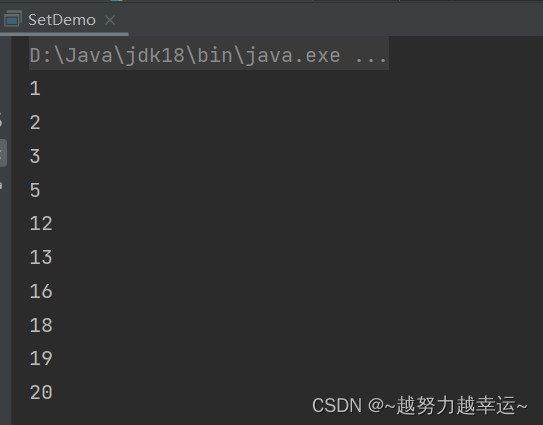
这个案例可以既可以使用Set集合也可以使用TreeSet集合,使用Set集合时遍历出来的随机数是无序的,而使用TreeSet集合遍历输出的随机数是排序好的,有序的输出。


